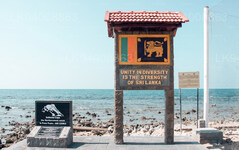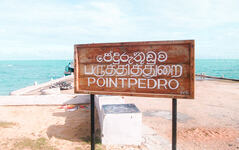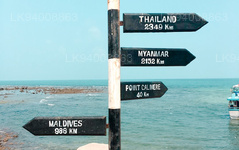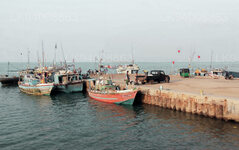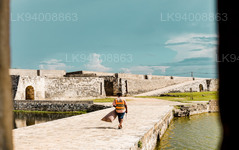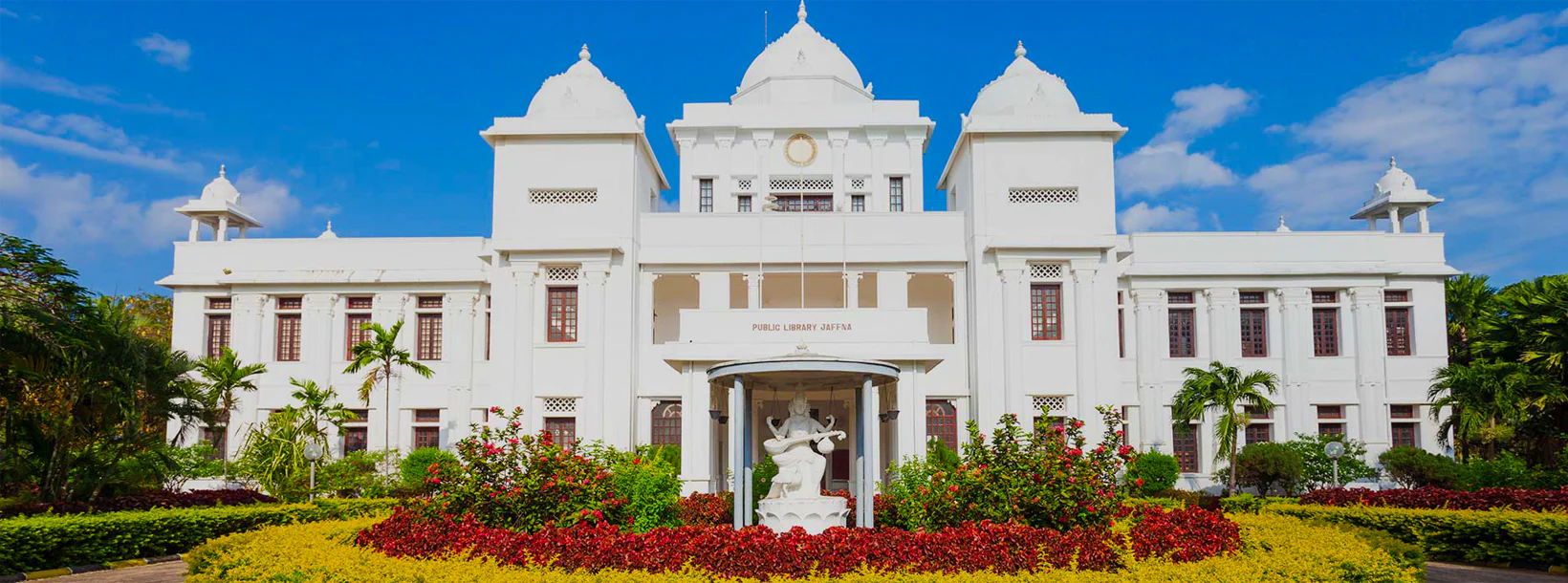
Jaffna City
Jaffna is the main city of Jaffna peninsula in the northernmost district of Sri Lanka. Comfortable intercity busses from Colombo take 10-12 hours to reach the city of Jaffna.
Point Pedro
Point Pedro is a town, located in Jaffna District, Sri Lanka, at the northernmost point of the island. Cotton is produced around Point Pedro in the fertile calcic red latosol soils. The eastern coast of Point Pedro forms a 3 mile wide, 20 mile long beach with sand dunes up to 100 feet high, extending to Thalayady.The town came briefly under the control of the Tamil Tigers (LTTE) during the early 1990s, until the Sri Lankan Army recaptured it in 1995.
Etymology
The place name of Point Pedro is a corruption of the Portuguese "Ponta das Pedras" meaning "the rocky cape". The name of the town in Tamil is Paruthithurai, which literally mean "Cotton Harbour". The harbor exported cotton to South India for centuries.
History
Vallipuram, a village nearby was an ancient settlement with rich archeological remains. During pre-colonial and colonial times Point Pedro was a trading port. There is a large number of people in and around Point Pedro who trace their families to local traders, called Sambangarar, 'சம்பாங்காரர்' in Tamil, meaning 'ship people'.
Portuguese History There are several Catholic churches built around Point Pedro along the coasts and in Nelliady. Sacred Heart College is a major Catholic high school situated in Nelliady.
Dutch Colonial History In the 17th Century Philippus Baldaeus, a Christian missionary from the Netherlands, settled in Jaffna following the Dutch occupation of Ceylon. He documented the lives and customs of the Tamil people of Northern Ceylon. His studies were published in the Netherlands and later in Germany. In Point Pedro's market there is a stone inscription commemorating Baldeus giving lessons from the Bible under a tamarind tree. The tree was uprooted by a cyclone in 1962.
British colonial legacy Wesleyan missionaries from Great Britain established schools in the area including Hartley College and the Methodist Girls High School. There are American mission schools at Uduppiddy and Thunnalai.
About Jaffna District
Jaffna is the capital city of the Northern Province, Sri Lanka. 85% of the populations of the Jaffna and Kilinochchi districts are Hindus. The Hindus follow the Saivite tradition. The remainders are largely Roman Catholics or Protestants, some of whom are descendants of colonial settlers, known as Burghers. The Tamils are divided along caste lines, with the farmer-caste Vellalar forming the majority. Sea products, red onion, and tobacco are the main products in Jaffna.
Jaffna is home to beautiful Hindu temples. An Old Dutch Fort still stands well preserved within which is an old Church. Another example of Dutch architecture is the King's House. No visit to Jaffna is complete without tasting the exquisite Jaffna mango, reputed for its sweetness. About 3 km away is the majestic Nallur Kandaswamy Temple, home to the largest religious festival in Jaffna. The Kayts Harbour is an ancient ship docking site in the Jaffna region.
About Northern Province
The Northern Province is one of the 9 provinces of Sri Lanka. The provinces have existed since the 19th century but they didn't have any legal status until 1987 when the 13th Amendment to the 1978 Constitution of Sri Lanka established provincial councils. Between 1988 and 2006 the province was temporarily merged with the Eastern Province to form the North-East Province. The capital of the province is Jaffna.
Northern Province is located in the north of Sri Lanka and is just 22 miles (35 km) from India. The province is surrounded by the Gulf of Mannar and Palk Bay to the west, Palk Strait to the north, the Bay of Bengal to the east and the Eastern, North Central and North Western provinces to the south.The province has a number of lagoons, the largest being Jaffna Lagoon, Nanthi Kadal, Chundikkulam Lagoon, Vadamarachchi Lagoon, Uppu Aru Lagoon, Kokkilai lagoon, Nai Aru Lagoon and Chalai Lagoon.Most of the islands around Sri Lanka are to be found to the west of the Northern Province. The largest islands are: Kayts, Neduntivu, Karaitivu, Pungudutivu and Mandativu.
The Northern Province's population was 1,311,776 in 2007. The majority of the populations are Sri Lankan Tamils, with a minority Sri Lankan Moor and Sinhalese population. Sri Lankan Tamil is the major language spoken in the province by the vast majority of the population. The other language spoken is Sinhala by 1 percent of the population. English is widely spoken and understood in the cities.

